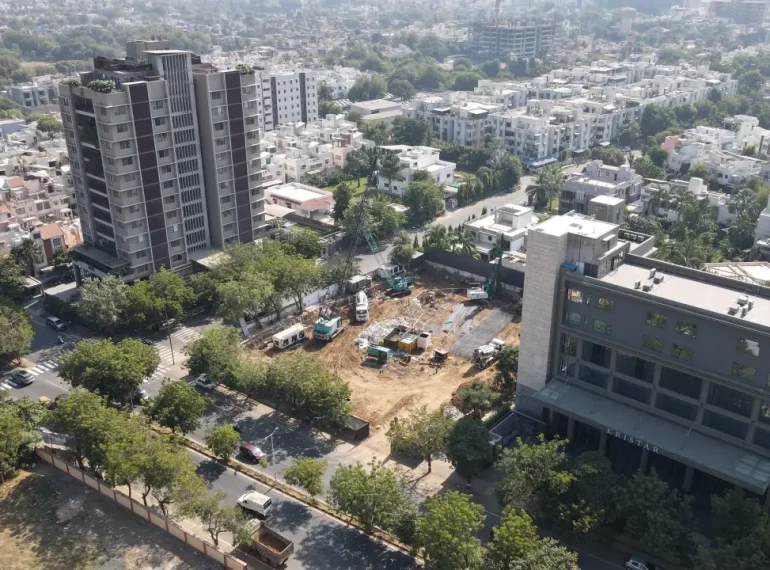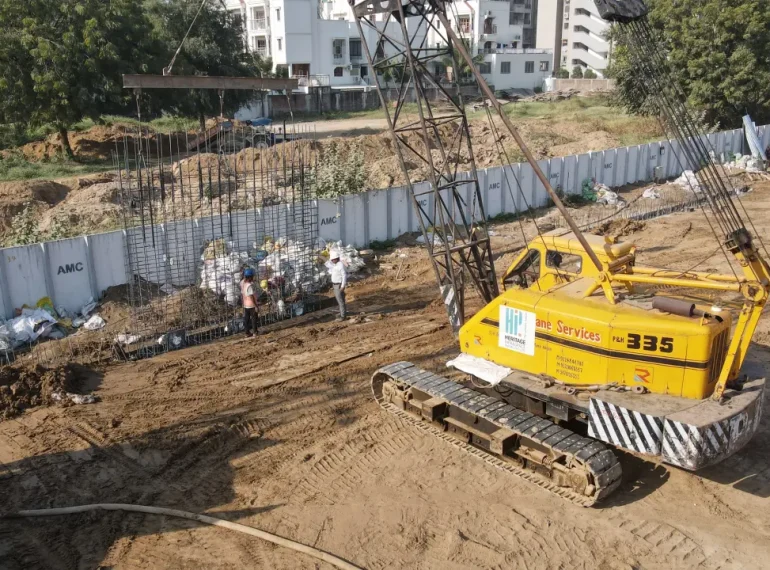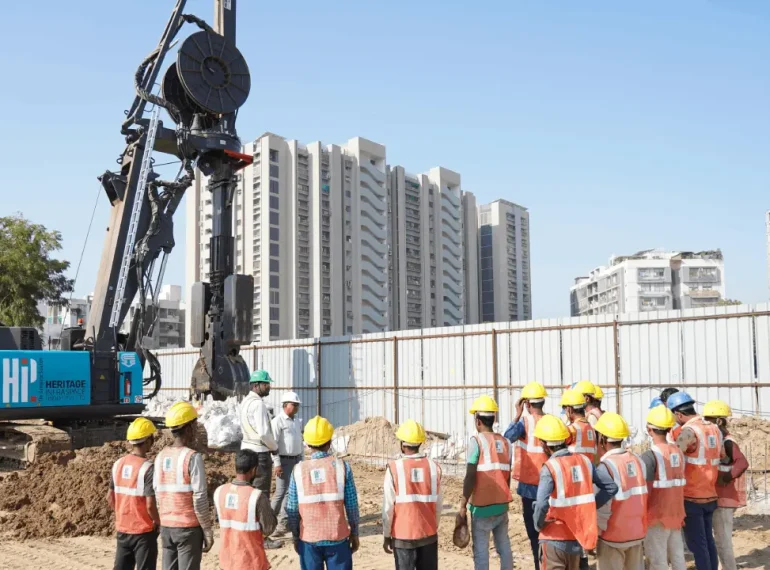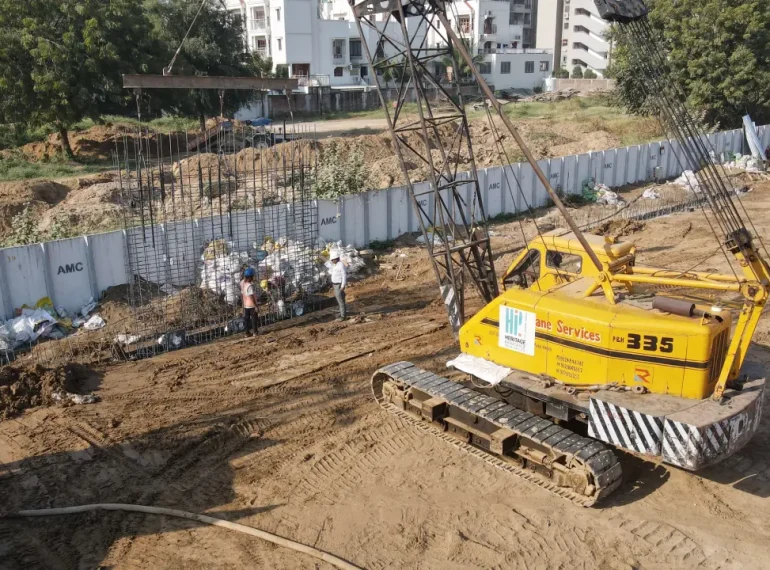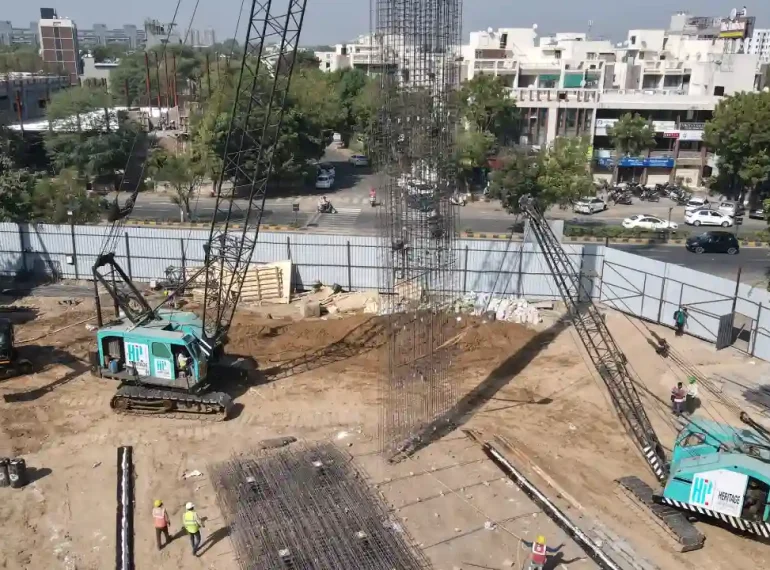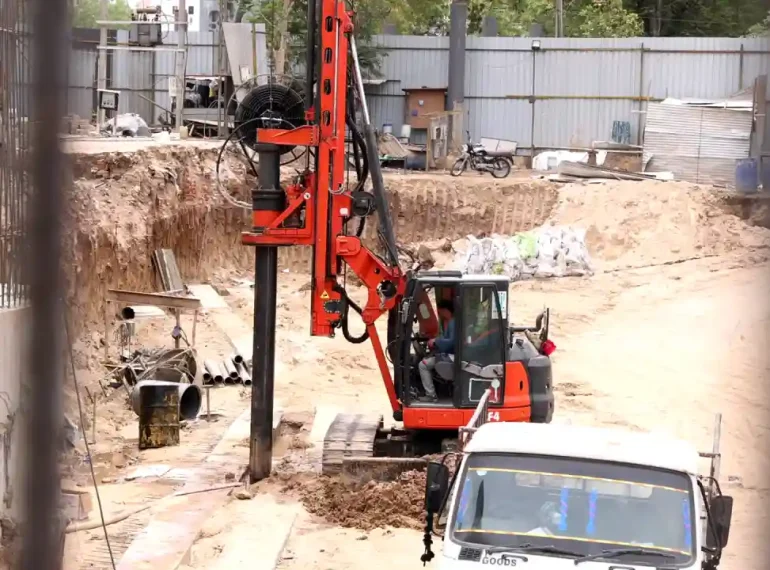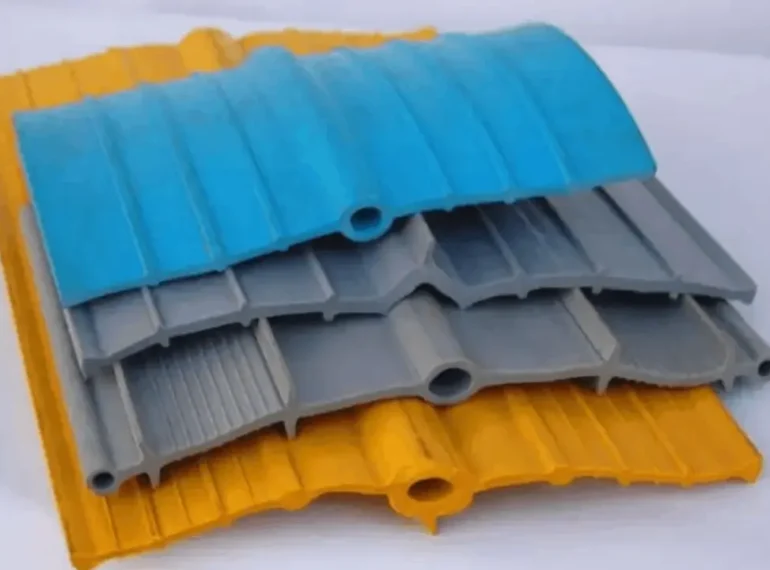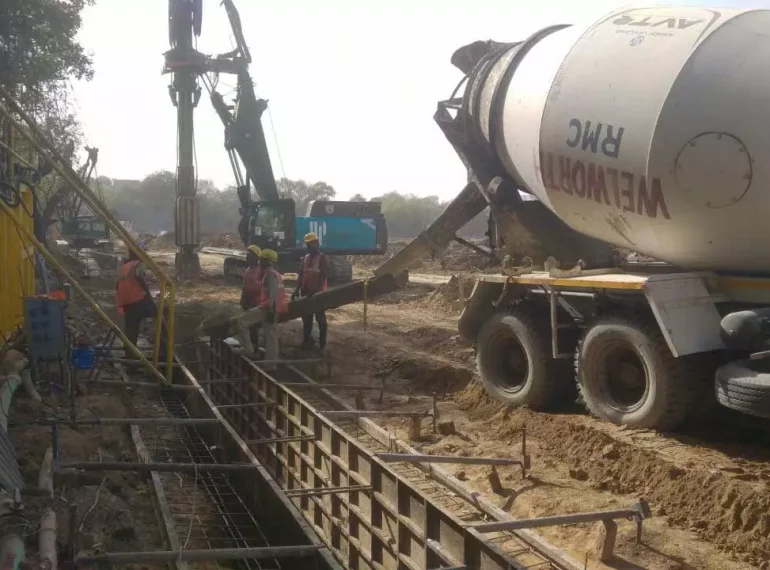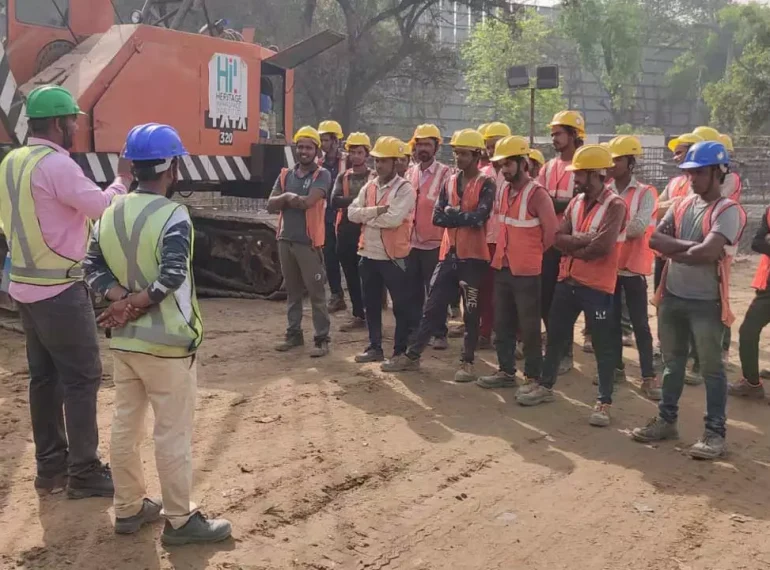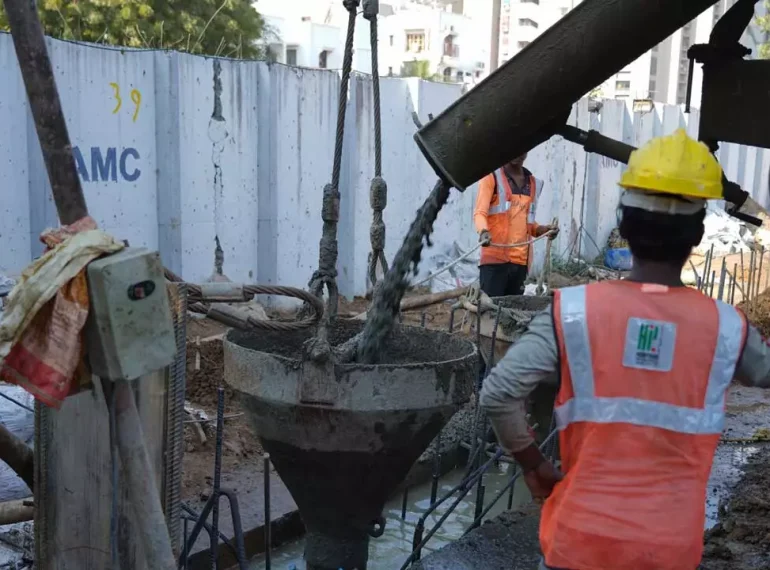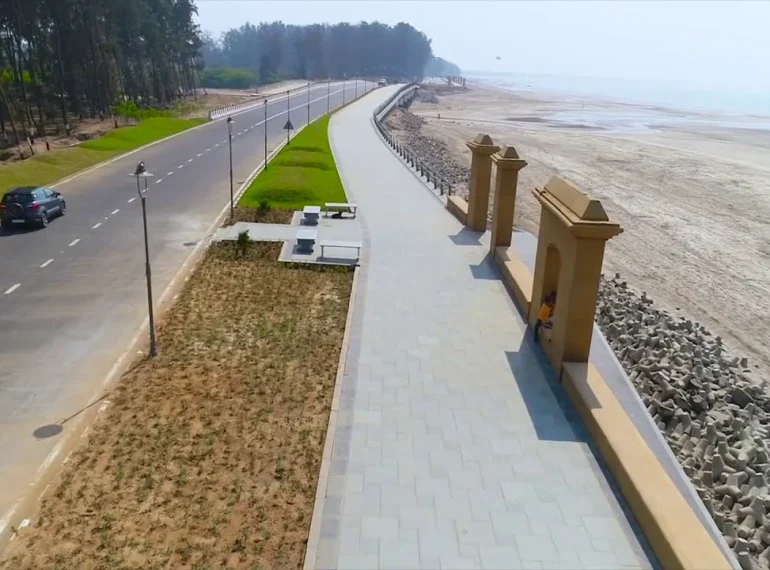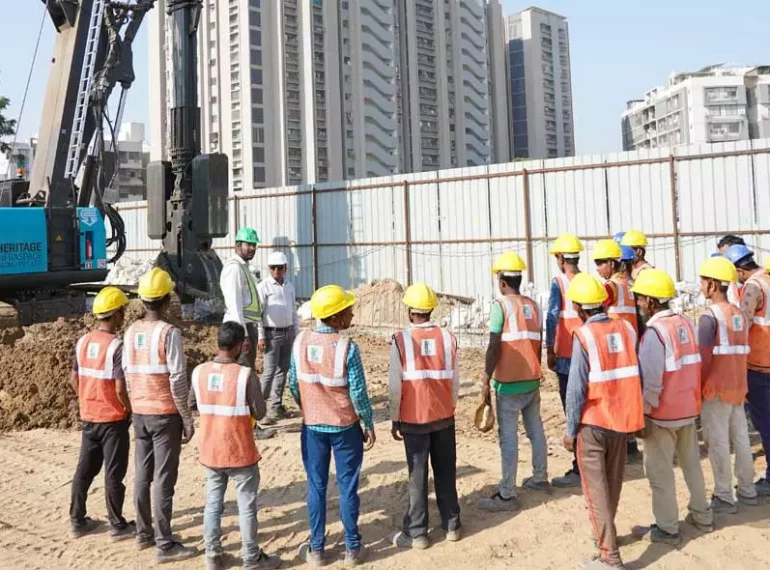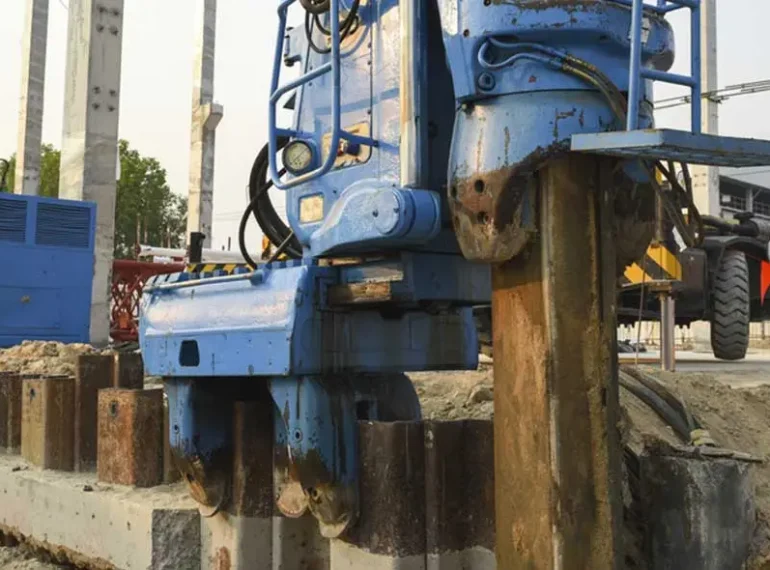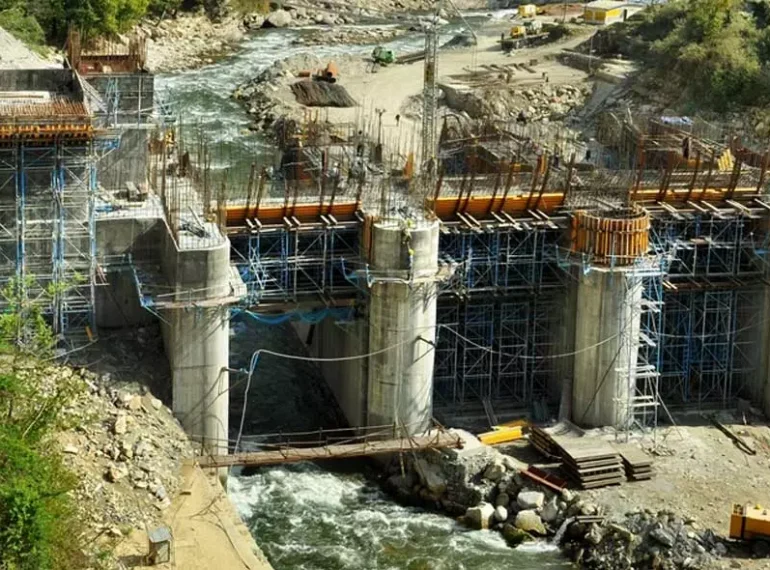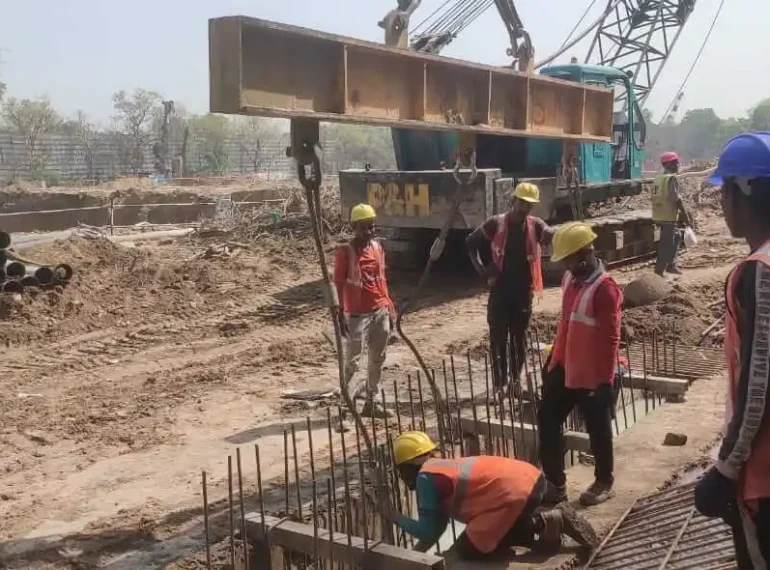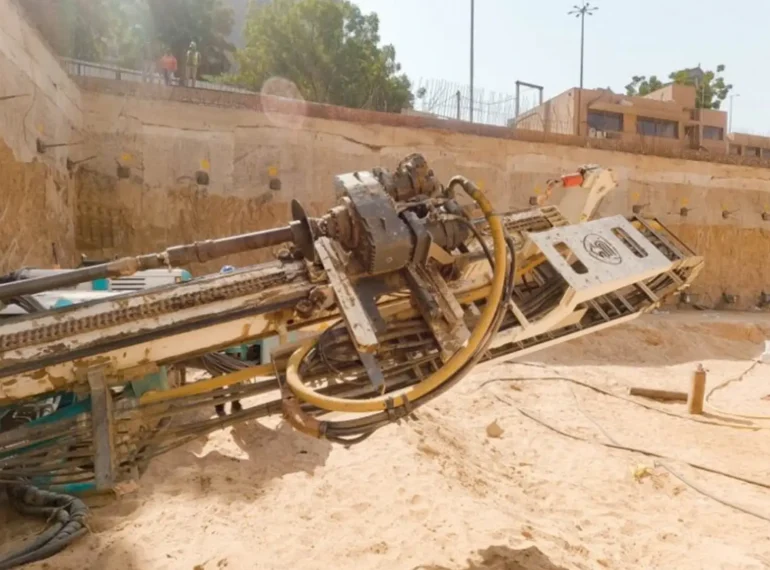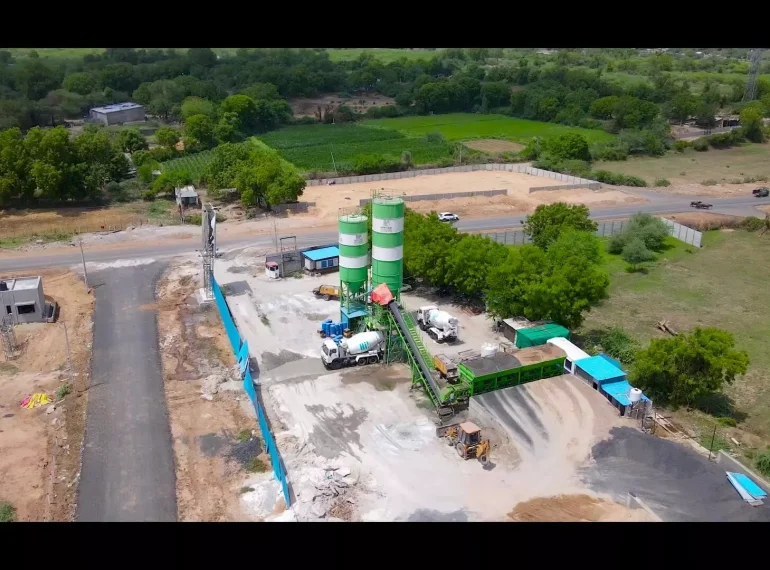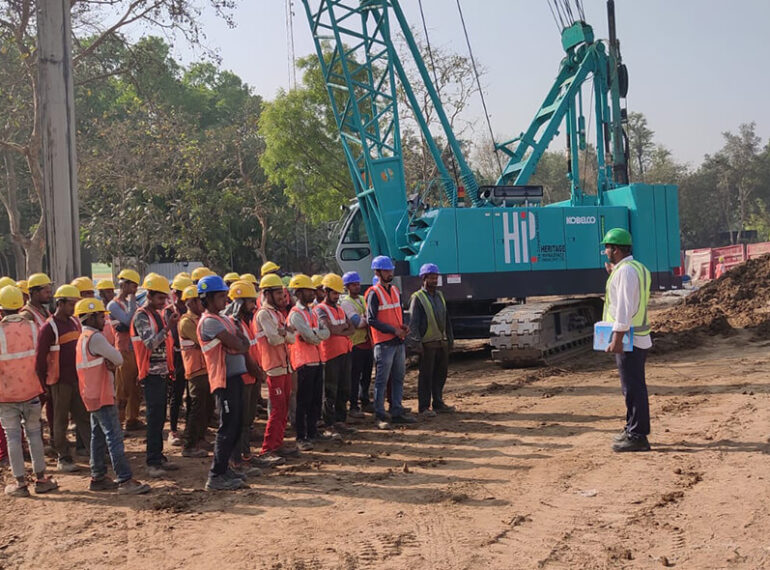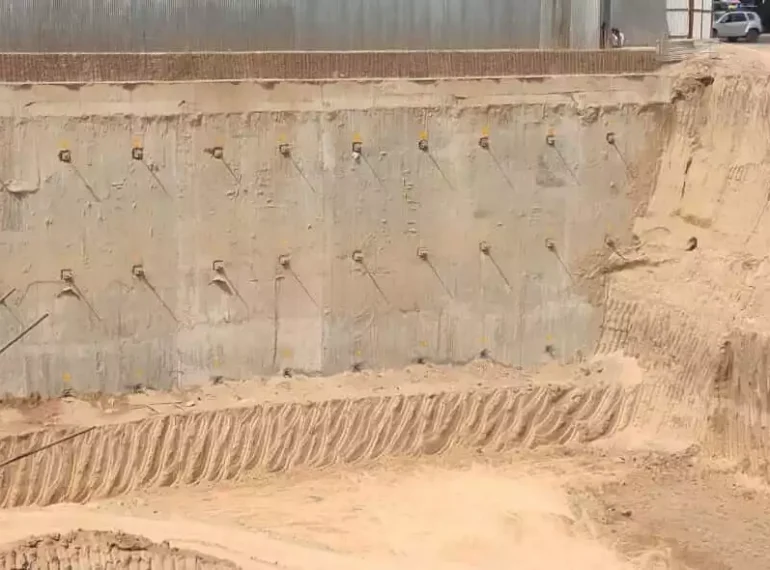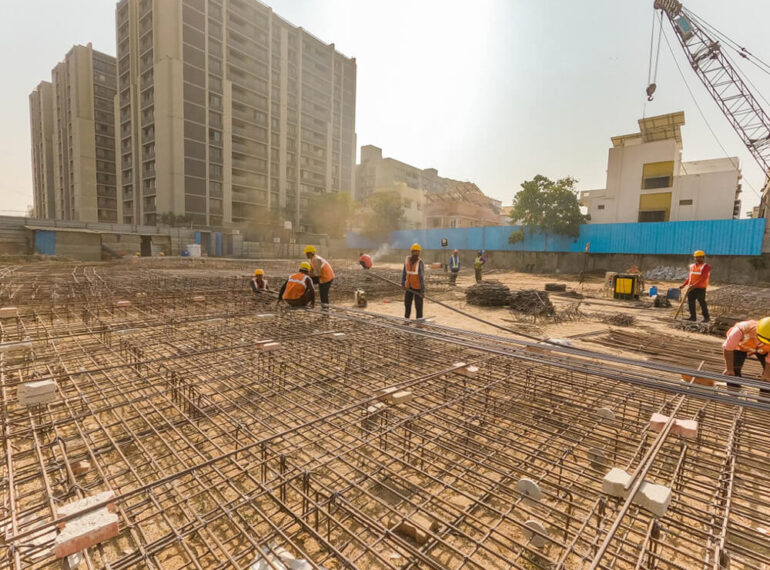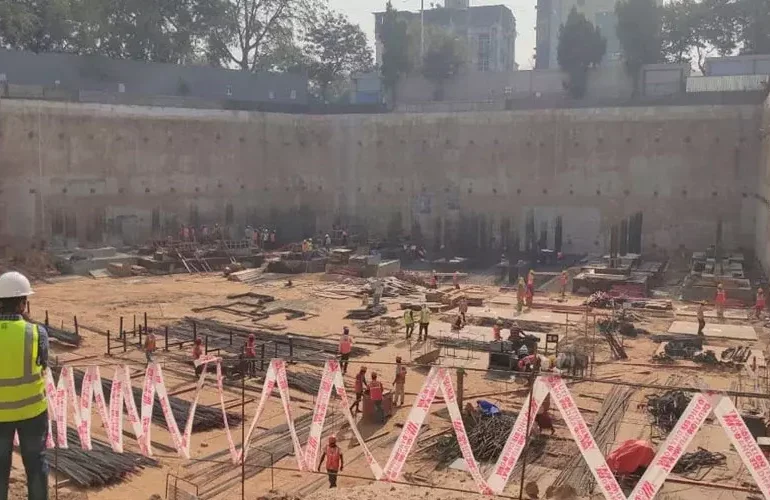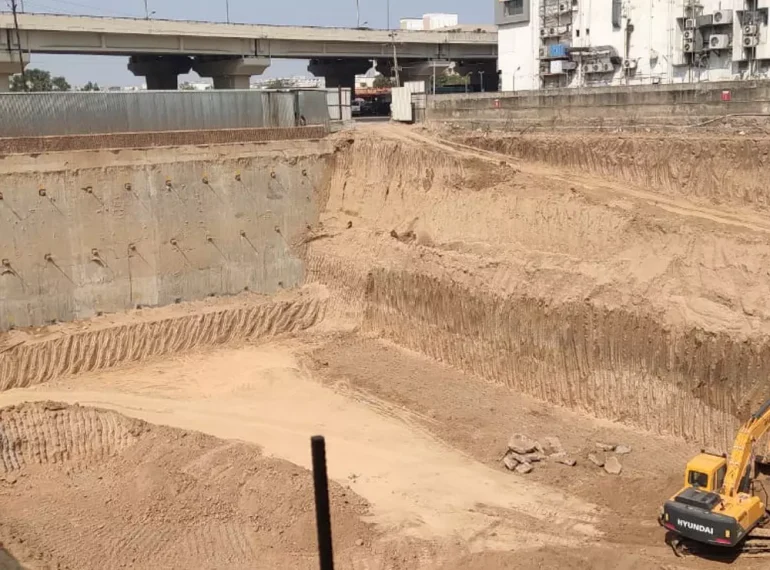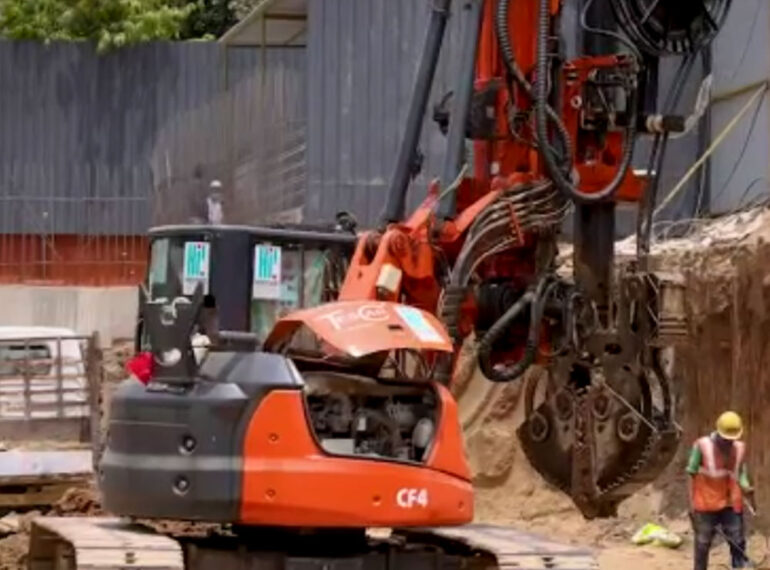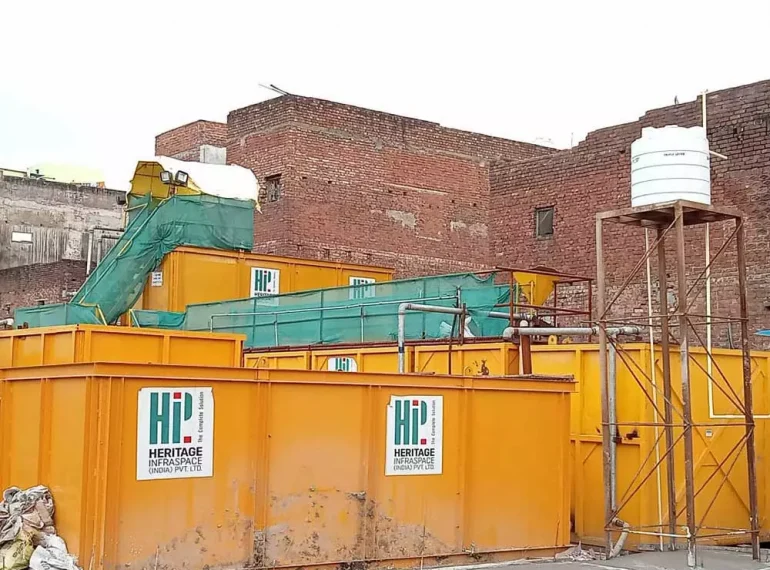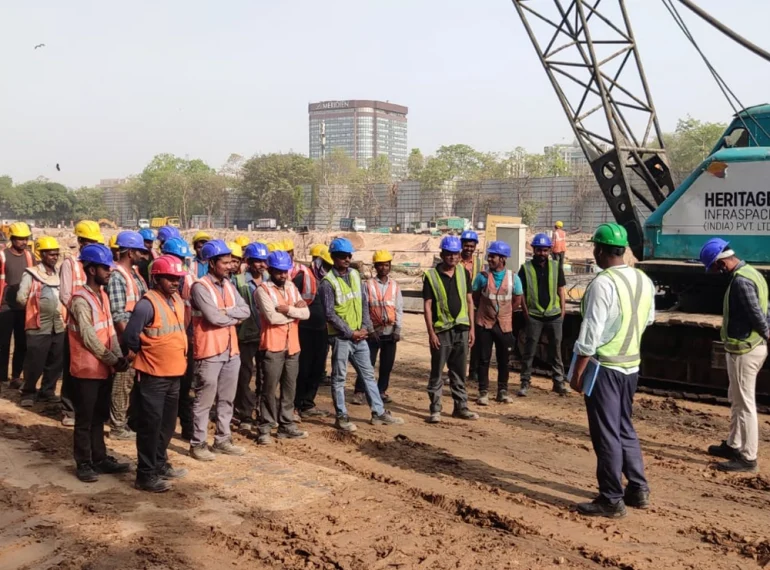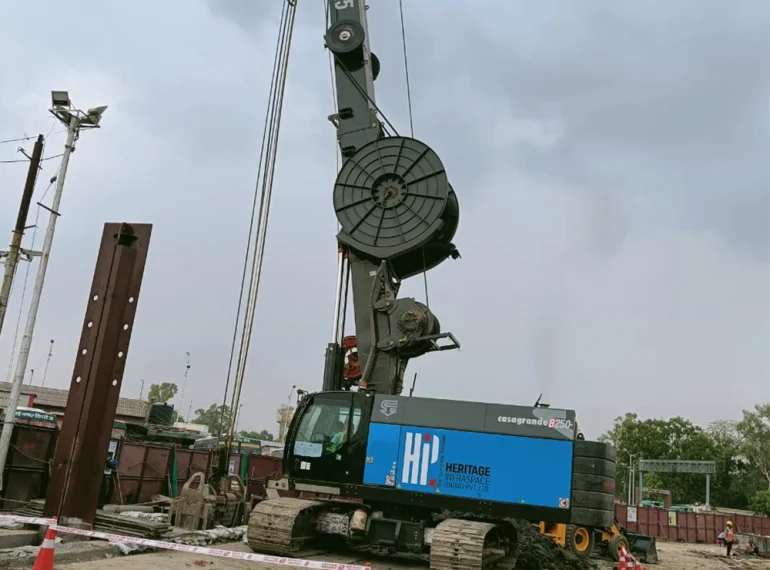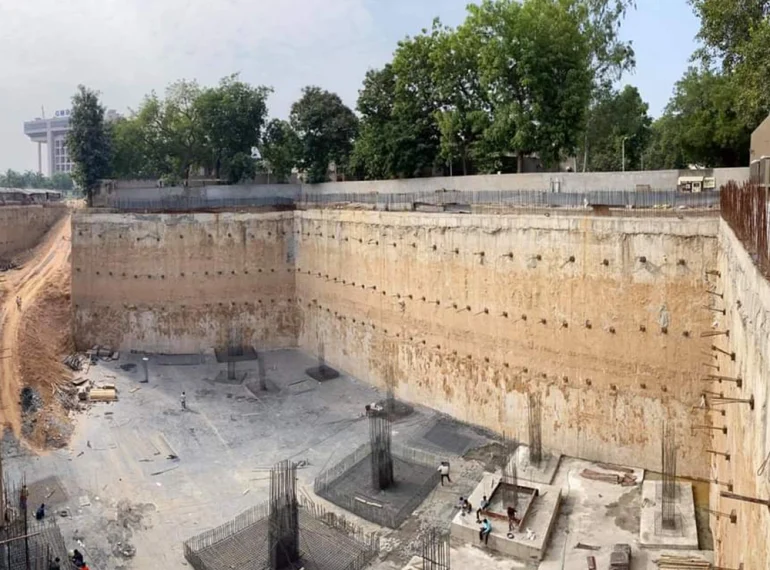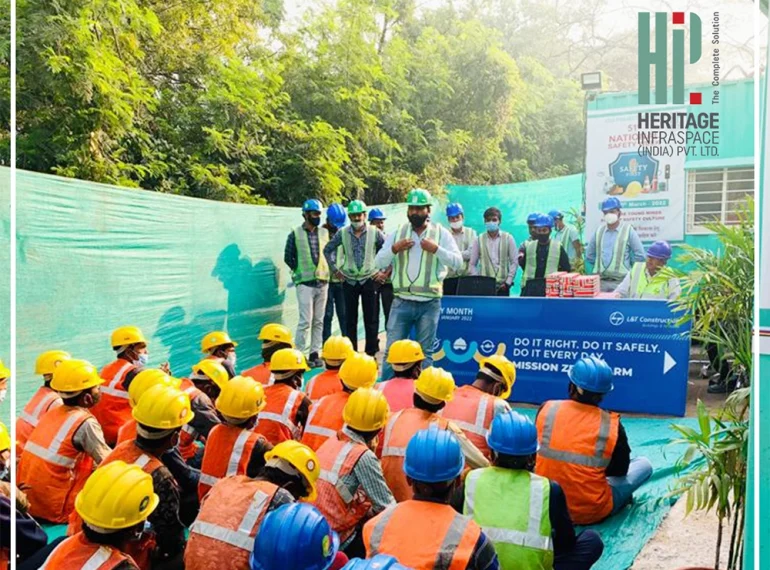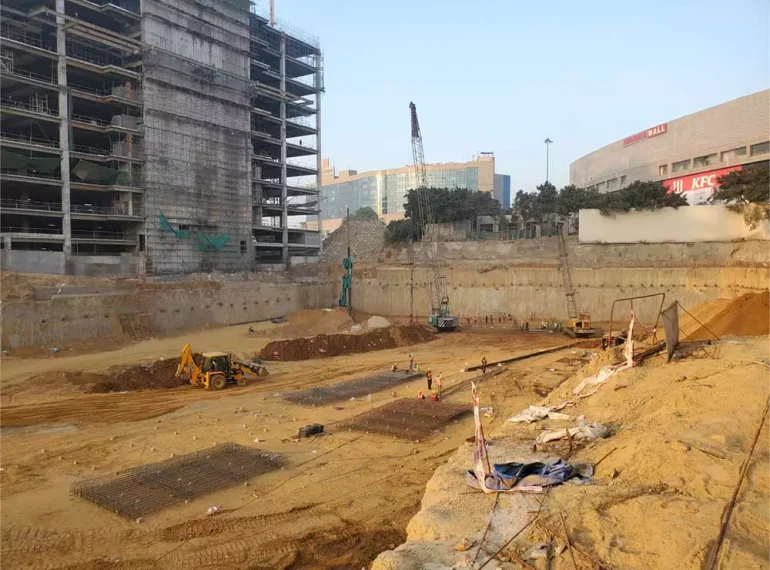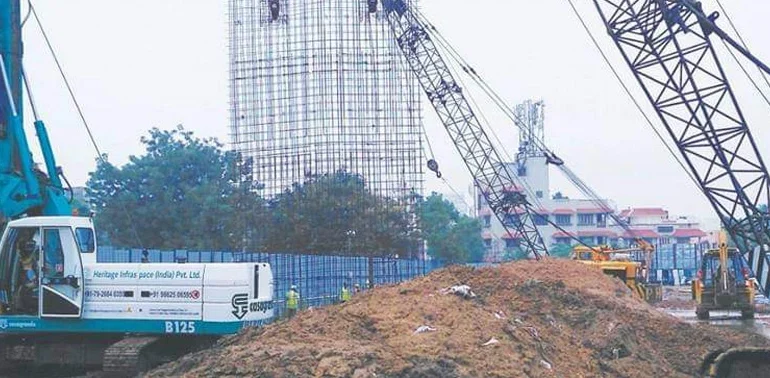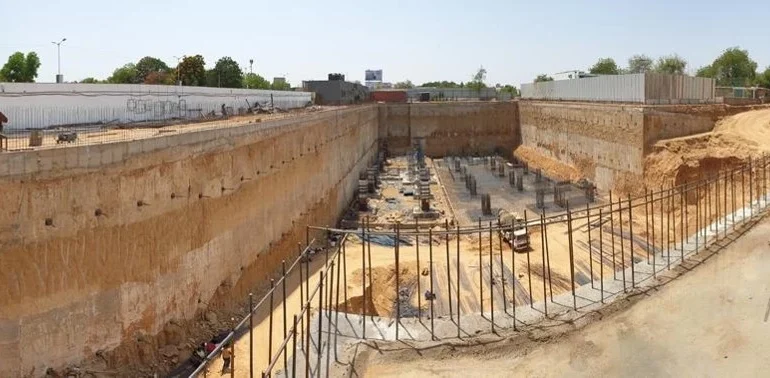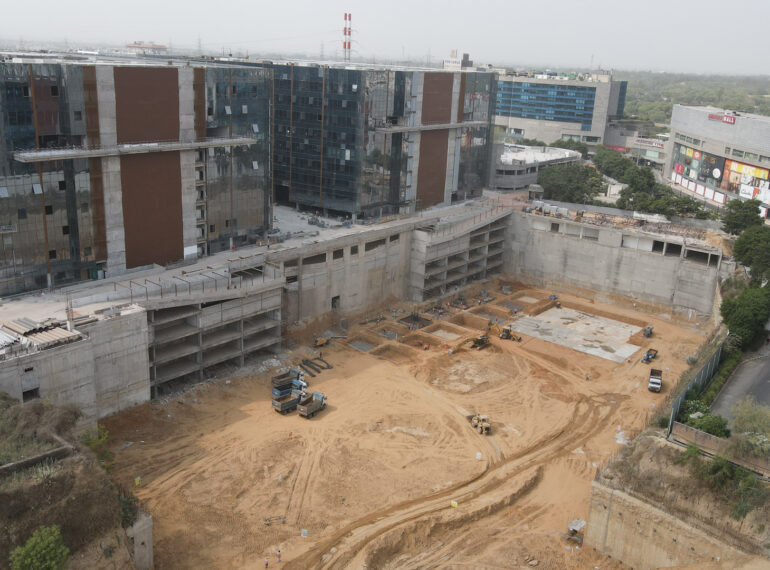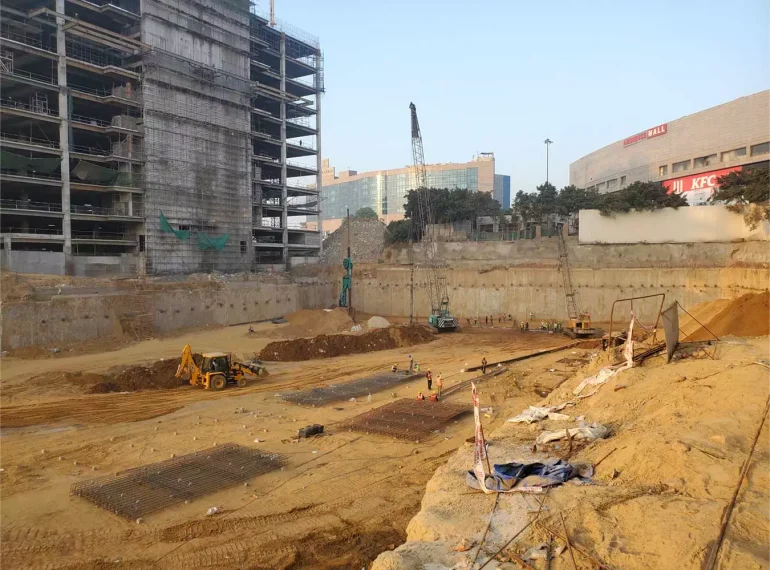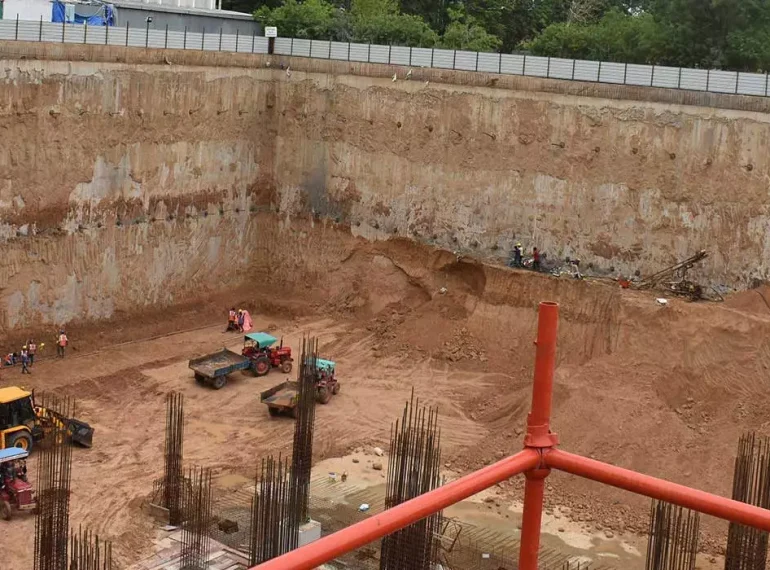Diaphragm walls are commonly used in basement construction, one of their most frequent applications. Basements, being underground spaces, serve various purposes such as parking, storage, utilities or living spaces. However, basement construction in India presents numerous challenges, including high groundwater levels, soil instability, seismic activity and environmental impact. Diaphragm wall construction can help overcome these challenges by offering several advantages like effective load-bearing capacity, durability and versatility.
Here, we will delve into the importance of diaphragm walls in modern construction, particularly focusing on basements. We will also discuss the advantages and challenges of diaphragm wall construction.
Table of contents
- Applications of Diaphragm Walls
- Basements
- Underground Parking Garages
- Tunnels
- Bridges
- Underground Metro and Subway stations
- Dams
- Importance of Diaphragm Walls
- Noise and Vibration Reduction
- Air Pollution Reduction
- Structural Support
- Groundwater Ingress Prevention
- Land Usage Optimisation
- Stability of Nearby Structures
- Installation at Greater Depths
- Use as a Permanent Wall Structure
- Diaphragm Walls in Urban and Environmentally Sensitive Areas
- Frequently Asked Questions
Applications of Diaphragm Walls
Diaphragm walls have a wide range of applications in the construction industry. Here are some key areas where they are commonly used:
- Basements: A basement diaphragm wall is a common sight in many modern buildings. It provides a robust and watertight wall around the basement, protecting it from groundwater and soil pressure.
- Underground Parking Garages: Diaphragm walls are often used to construct underground parking garages. They provide the necessary support to the structure and prevent soil from collapsing into the excavation.
- Tunnels: Diaphragm walls are used in the construction of tunnels, providing a secure and stable structure that can withstand the pressure from the surrounding soil.
- Bridges: In bridge construction, diaphragm walls can be used as part of the foundation, providing stability and strength to the structure.
- Underground Metro and Subway Stations: Diaphragm walls are crucial in the construction of underground metro and subway stations. They form a ‘box’ structure that isolates the construction site from the surrounding soil and groundwater. This allows safe excavation and construction of the station within the ‘box’. The diaphragm walls, once concreted, serve as permanent structural walls of the station, providing long-term stability and water tightness.
- Dams: The use of a diaphragm wall in dam construction can significantly enhance the stability and durability of the structure. For instance, the Pubugou rockfill dam incorporates a diaphragm wall as a vertical earth core to minimise seepage through the foundation, preventing water seepage and ensuring the dam can withstand high water pressure.
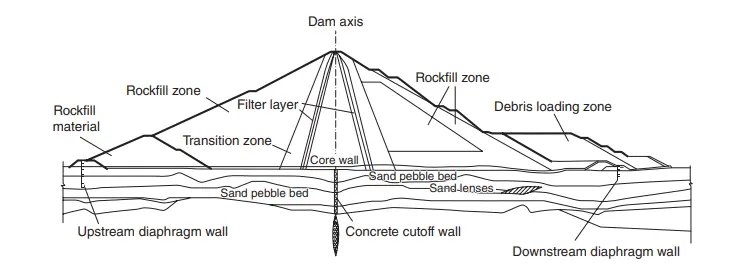
These are just a few examples of how diaphragm walls are used in the construction industry. Their versatility and strength make them an excellent choice for a wide range of projects.
Importance of Diaphragm Walls
Diaphragm walls play a crucial role in modern construction, offering a multitude of benefits that make them an excellent choice for a variety of projects. Here’s why:
- Noise and Vibration Reduction: Diaphragm wall construction significantly reduces noise and vibration during the construction process. This is particularly beneficial in urban areas where noise pollution can be a major concern.
- Air Pollution Reduction: The construction of diaphragm walls produces less dust and air pollution compared to other construction methods. This contributes to a healthier environment both for construction workers and the surrounding community.
- Structural Support: When you study the basement construction details in India, especially for modern superstructures, diaphragm walls provide robust structural support as they can withstand high loads, ensuring the stability of the structure.
- Bridges:n bridge construction, diaphragm walls can be used as part of the foundation, providing stability and strength to the structure.
- Groundwater Ingress Prevention: One of the key advantages of diaphragm walls is their ability to prevent groundwater ingress. This is particularly important in areas with high groundwater levels, where water ingress can cause significant problems.
- Land Usage Optimisation:Diaphragm walls allow for the optimisation of land usage. They enable the construction of deep basements, underground parking garages and other structures that make efficient use of available space.
- Stability of Nearby Structures: Diaphragm walls ensure the stability of nearby structures during construction. They prevent the movement of soil, protecting adjacent buildings and infrastructure.
- Installation at Greater Depths: Diaphragm walls can be installed at greater depths than many other types of walls. This makes them a good choice for projects that require deep excavations, such as underground metro stations or deep basements.
- Use as a Permanent Wall Structure: Unlike some other types of walls used in construction, diaphragm walls can be left in place as a permanent part of the structure. This provides long-term stability and can save time and resources. Diaphragm walls offer a range of benefits that make them a valuable tool in modern construction.
Diaphragm Walls in Urban and Environmentally Sensitive Areas
Diaphragm wall construction is particularly beneficial in urban and environmentally sensitive areas. In densely populated cities, space is at a premium. The ability to construct deep basements using a basement diaphragm wall can significantly increase the usable space of a building without increasing its footprint. This is particularly useful in urban areas where land is scarce and expensive.
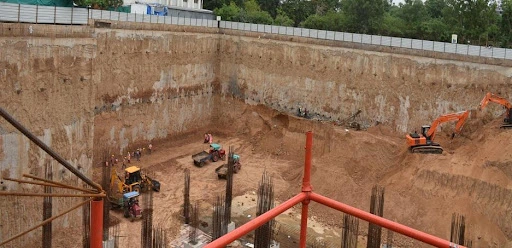
In environmentally sensitive areas, diaphragm walls help to minimise the impact of construction on the surrounding environment. They reduce noise and vibration, limit the spread of dust and debris and prevent the contamination of groundwater. This makes diaphragm walls an excellent choice for projects in areas with strict environmental regulations.
In conclusion, the use of diaphragm walls in urban and environmentally sensitive areas allows for efficient land use and minimises environmental impact, making it a preferred choice in modern construction.
Frequently Asked Question
A basement diaphragm wall provides robust support, withstands high loads and prevents groundwater ingress, making it ideal for basement construction.
Diaphragm wall construction reduces noise, vibration and air pollution during the construction process. It also prevents contamination of groundwater, making it suitable for environmentally sensitive areas.
Yes, unlike some other types of walls used in construction, diaphragm walls can be left in place as a permanent part of the structure, providing long-term stability.




